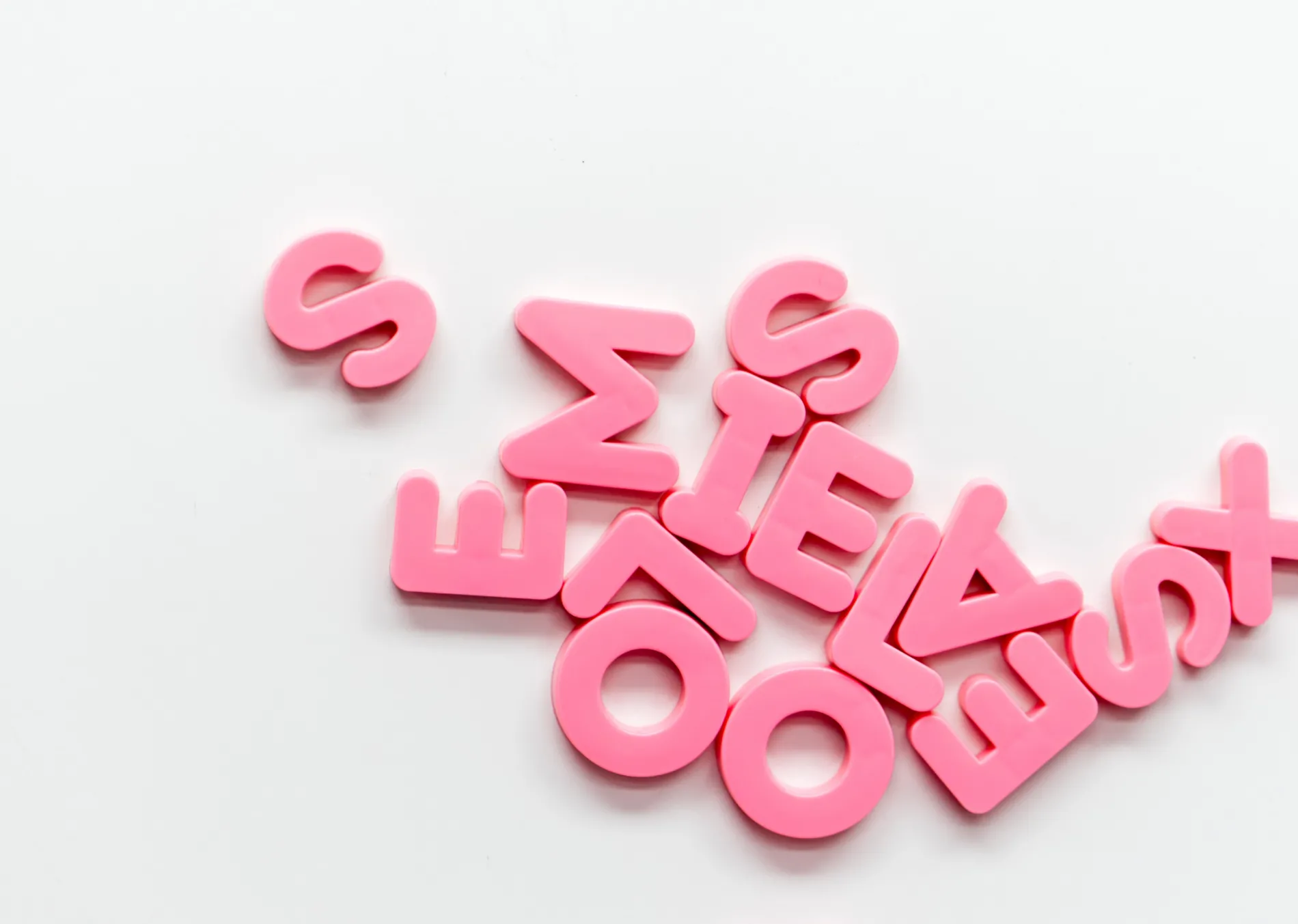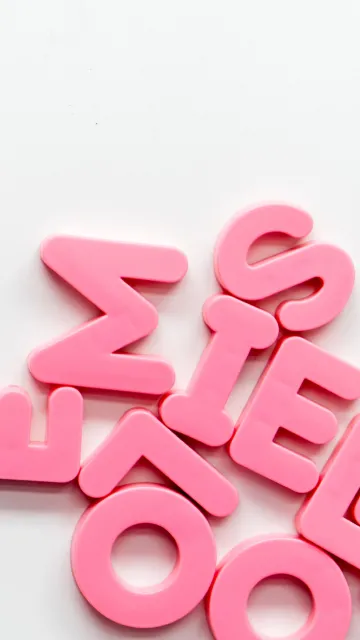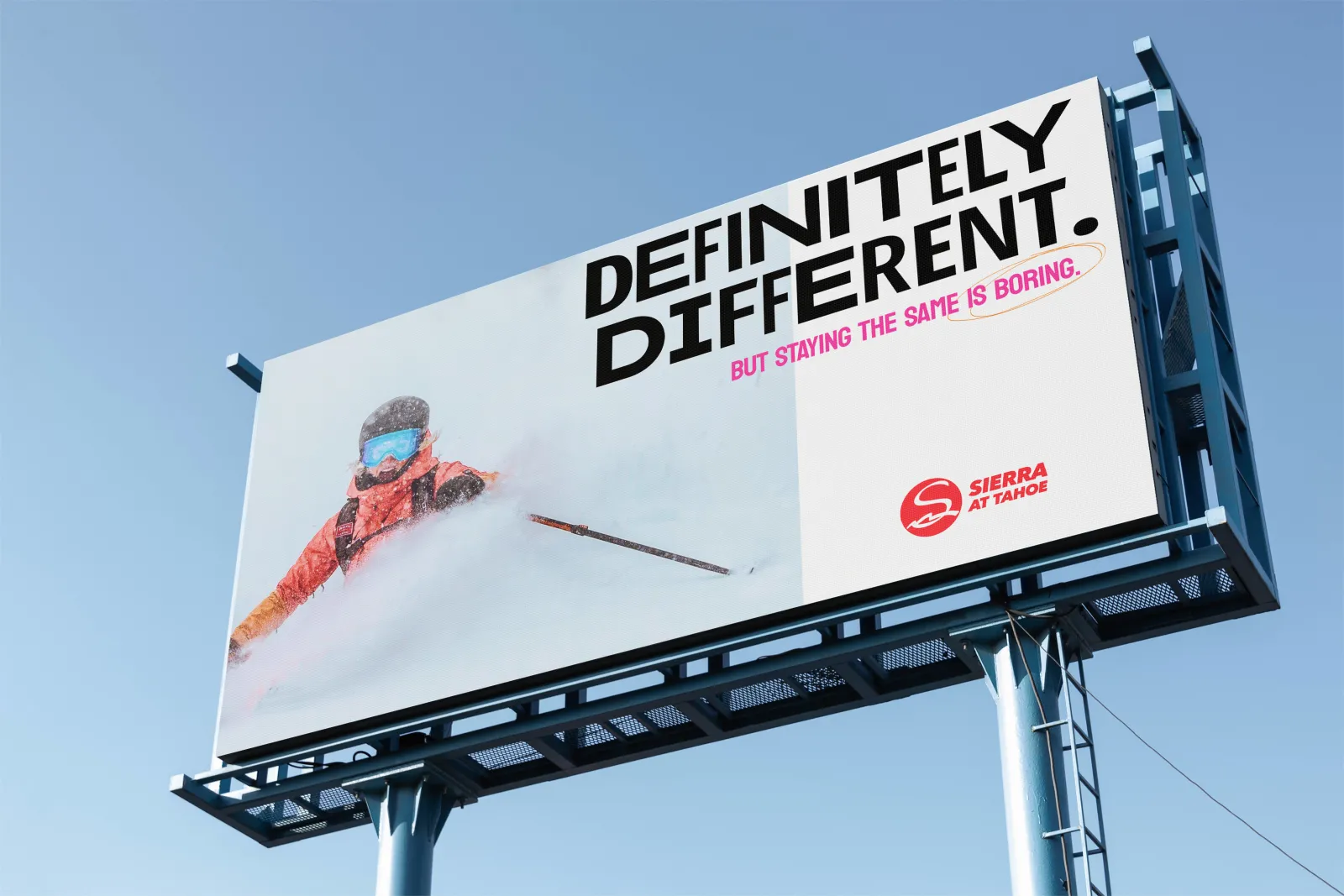Breaking down brand language
It can be daunting to navigate the world of brand language. For the uninitiated, it can feel like wading through murky waters of marketing speak and business jargon. It’s a place full of little nitpicky rules about grammar, big bold calls to action, and nuanced tones of voice and the octaves within them. Today we’re discussing the specific elements in brand language that we call the brand manifesto, the brand story, and campaign narrative. Often confused or combined, they each have a distinct purpose and their own characteristics. So pour yourself a cup of your favourite beverage, put up your feet, and read on.
Brand Manifesto
Let’s start with the most evocative. In terms of content, a brand manifesto is a statement that captures your brand's values, beliefs, and purpose. It helps to articulate your brand’s vision and mission, and is often written in a style that feels like a rallying cry. It’s not tied to a specific product or campaign and doesn’t get into the nitty gritty of your unique selling proposition (USP) or your history. It’s high level, emotive, and should capture your brand’s essence and show some of the personality that comes through in your brand’s tone of voice. Think of it as something for employees and sometimes consumers to get behind, to feel inspired by, and to get a sense of what your brand stands for. A brand manifesto is evergreen, meaning it is a long-term piece of language that doesn’t get refreshed often the way campaigns or other marketing communications are.
Brand Story
A brand story is – hold onto your hats – a narrative that explains your brand's history and perhaps some of the reasons it came to exist. Brand stories are often used to humanise a brand; it’s a chance to share anecdotes about the founders, any challenges that may have been overcome, and other elements of the journey to where you are today. Not every brand has the most compelling story to tell, so it may not be the right fit for all, but it can be a great opportunity to provide insight into how far you’ve come and help your audience feel more connected to your brand.
As with all brand language, your brand story should be told in your brand’s tone of voice and let your personality shine through. Like a manifesto, a brand story is evergreen and not intended to be refreshed frequently. As your brand grows and evolves, so will your brand story, but unless you’ve hit many notable milestones in a brief period, it should stand the test of time.
Campaign narrative
A campaign narrative is language that’s been created for a specific marketing campaign. It should be captivating and persuasive, providing customers with a clear call to action. Campaign narratives can use a variety of storytelling techniques and styles, from humour to drama, tug on heartstrings or create a sense of urgency or excitement. While most campaign narrative is focused on some form of conversion, not all are fully transactional – campaign narrative can exist in any part of the funnel, from the high level to the most tactical. Unlike a brand manifesto or brand story, a campaign narrative is typically short-term and focused on a specific goal, product offering, or service. Unlike the brand manifesto and story, campaign narratives come and go, they are short-term, often seasonal or aligned with product launches or sales.
No matter what type of brand language you’re creating, remember that it’s an opportunity to let your brand’s personality shine.
Everything from your brand guidelines to your manifesto to your social media content should be written in your brand tone of voice and support the foundation of what your brand is all about. Consistency is key, both for your audience, and for your internal team. As always, we’re happy to answer any questions you may have, so don’t hesitate to reach out.







